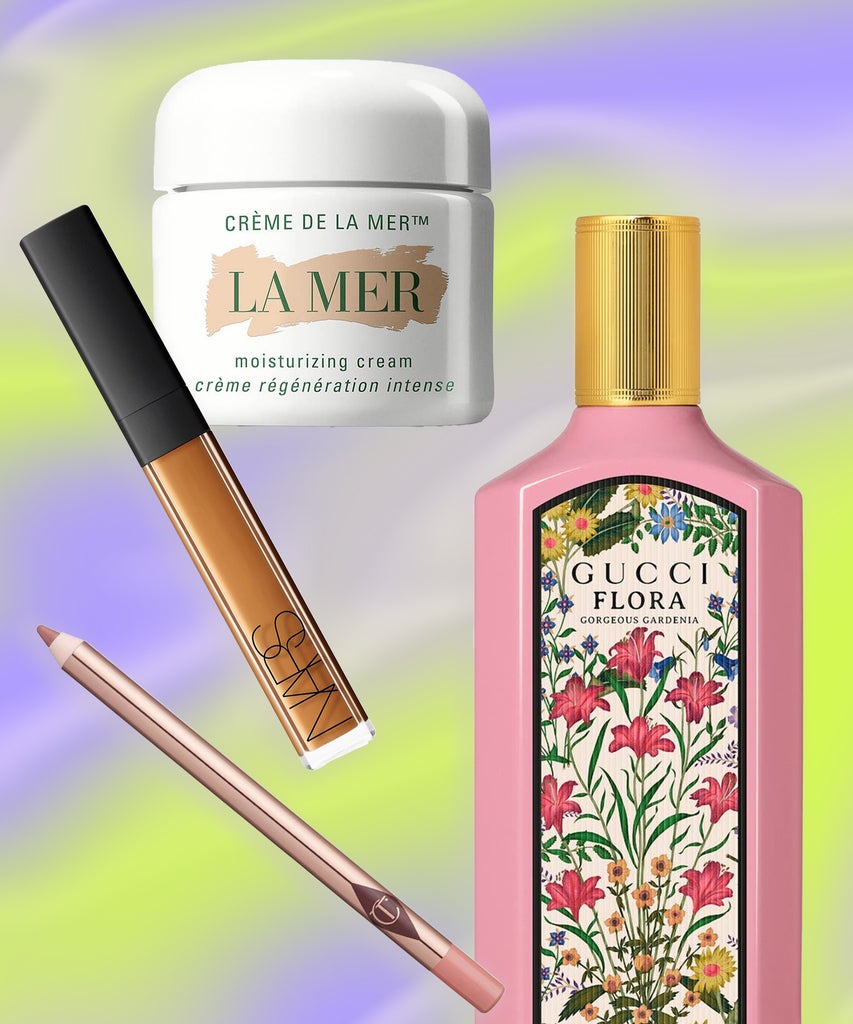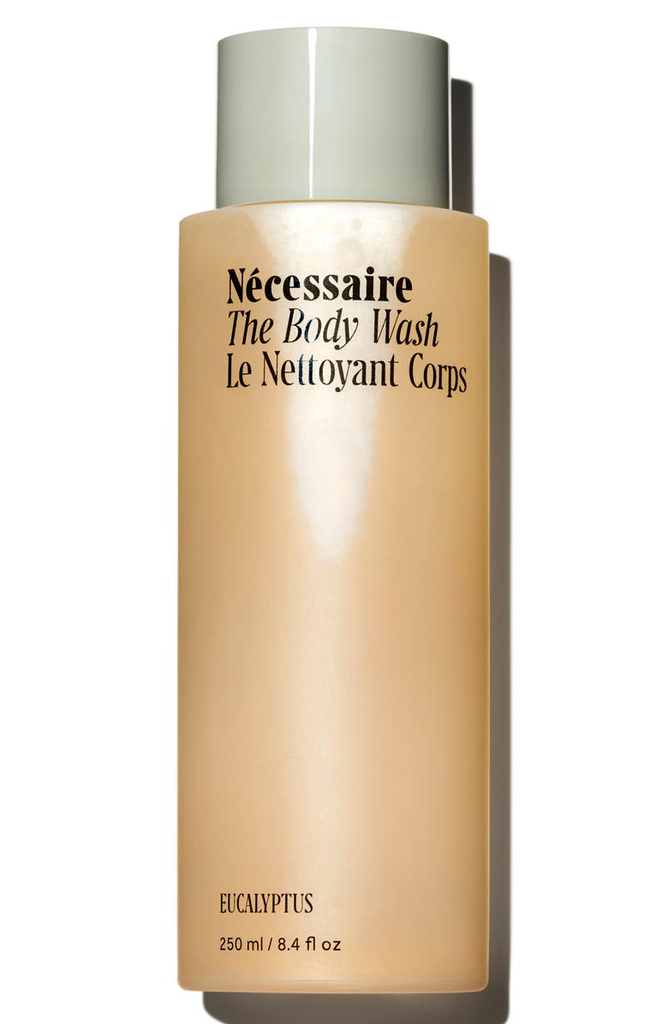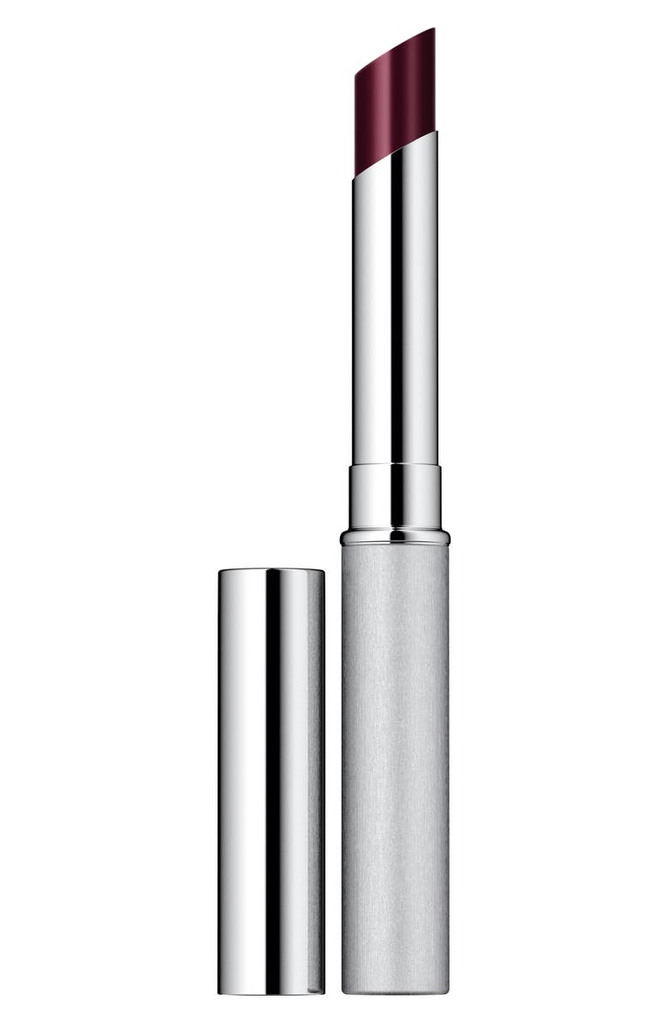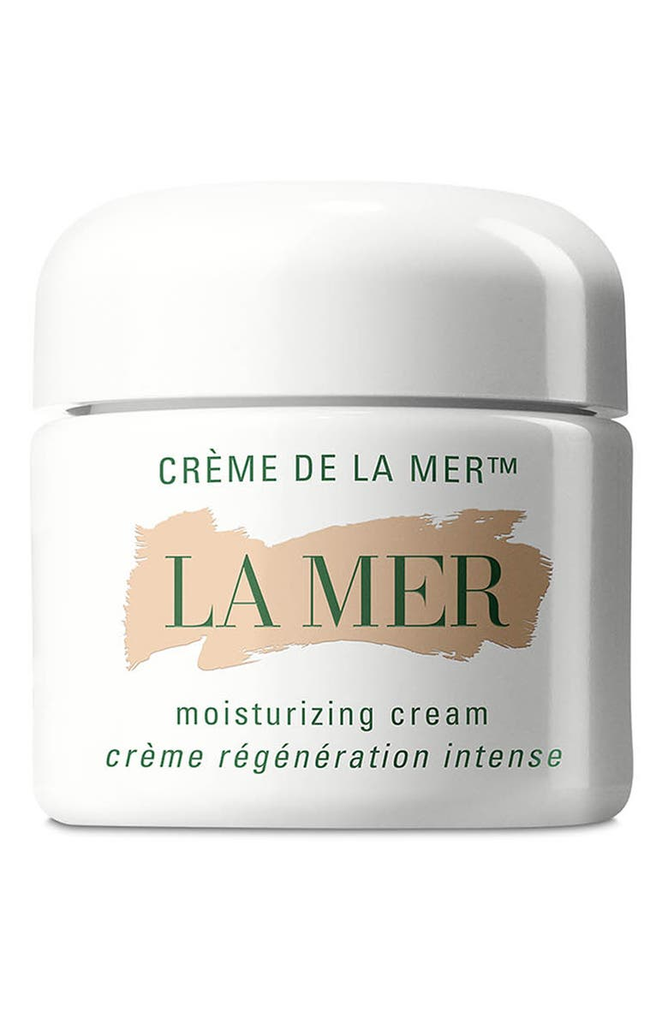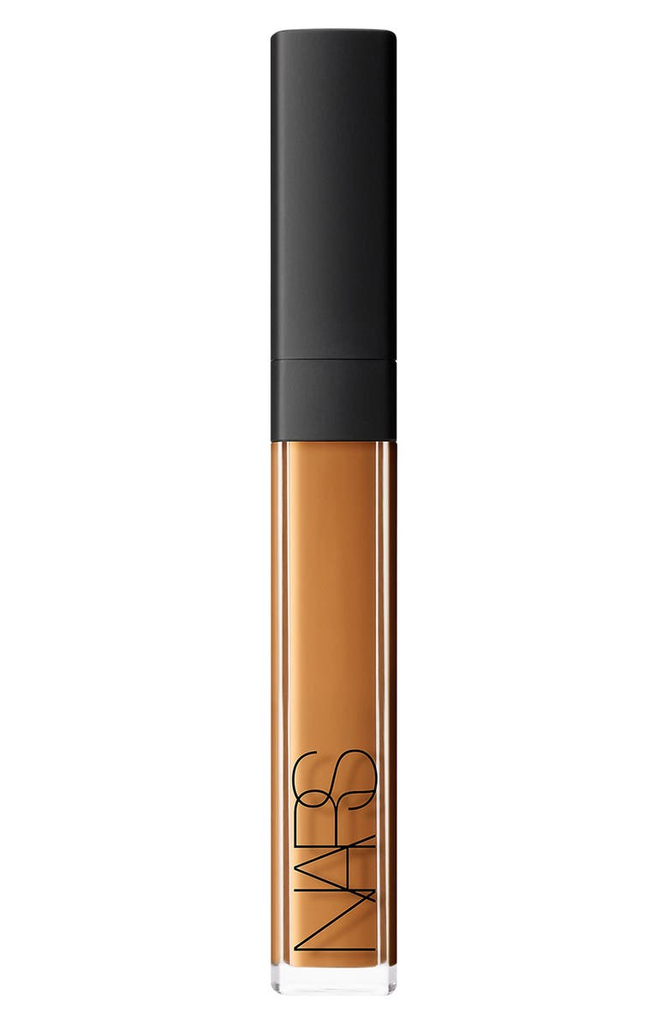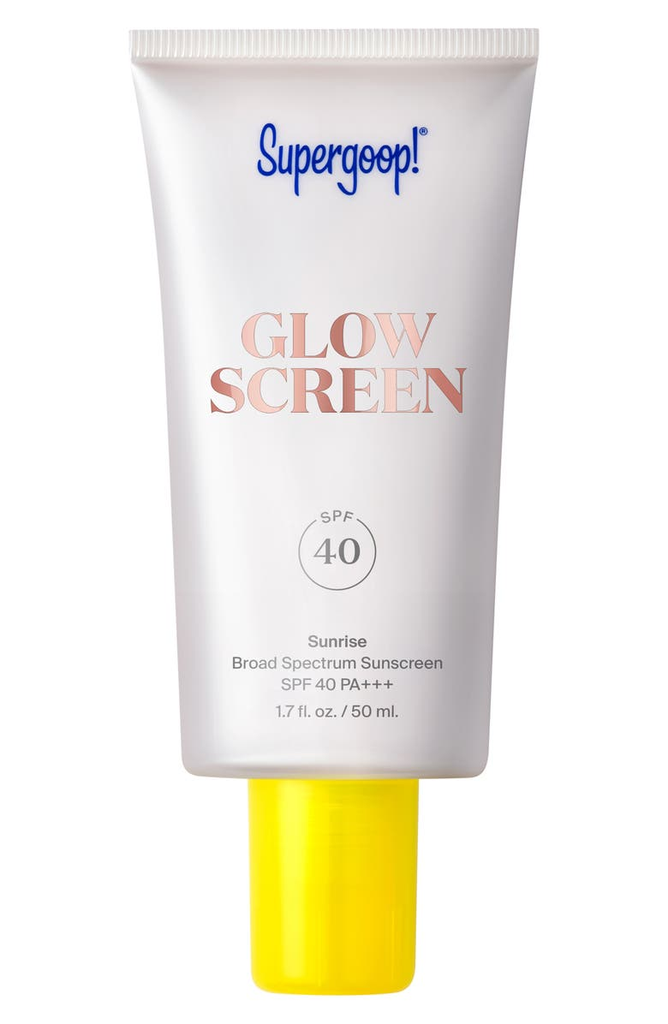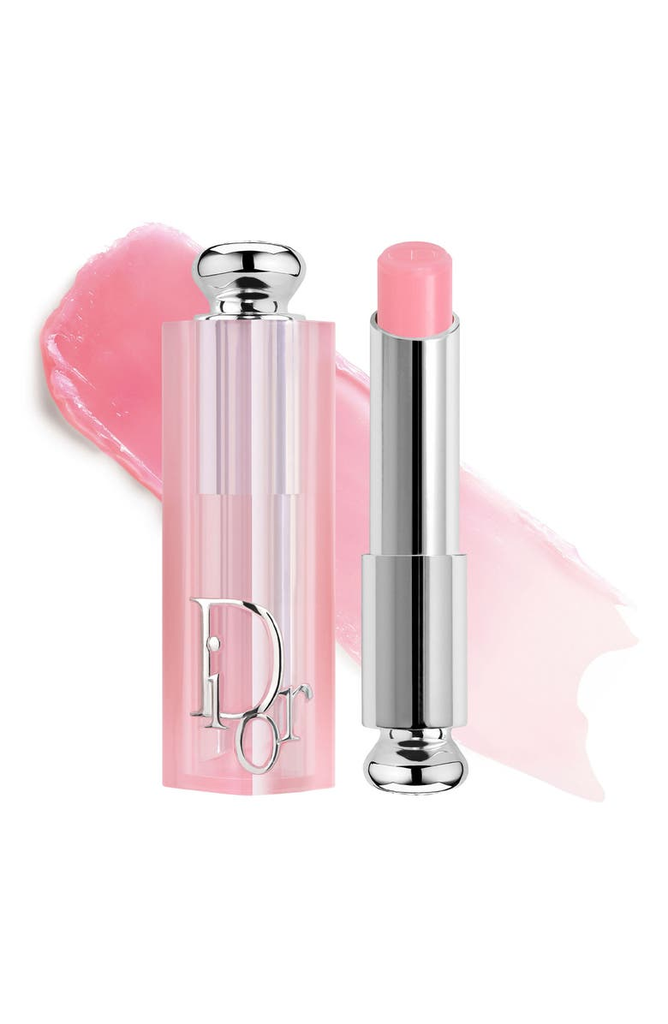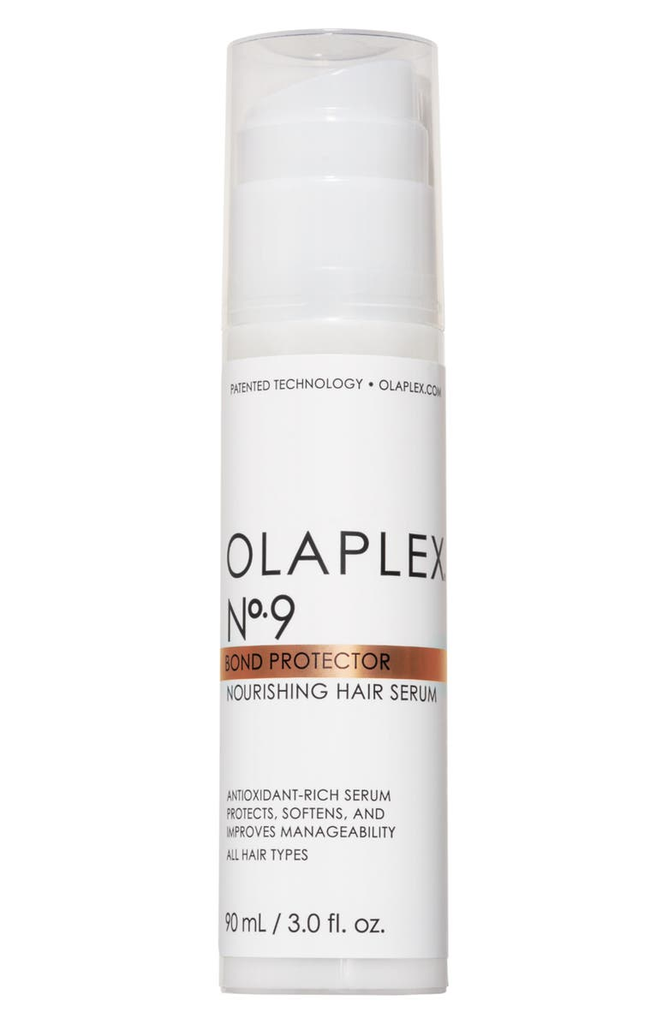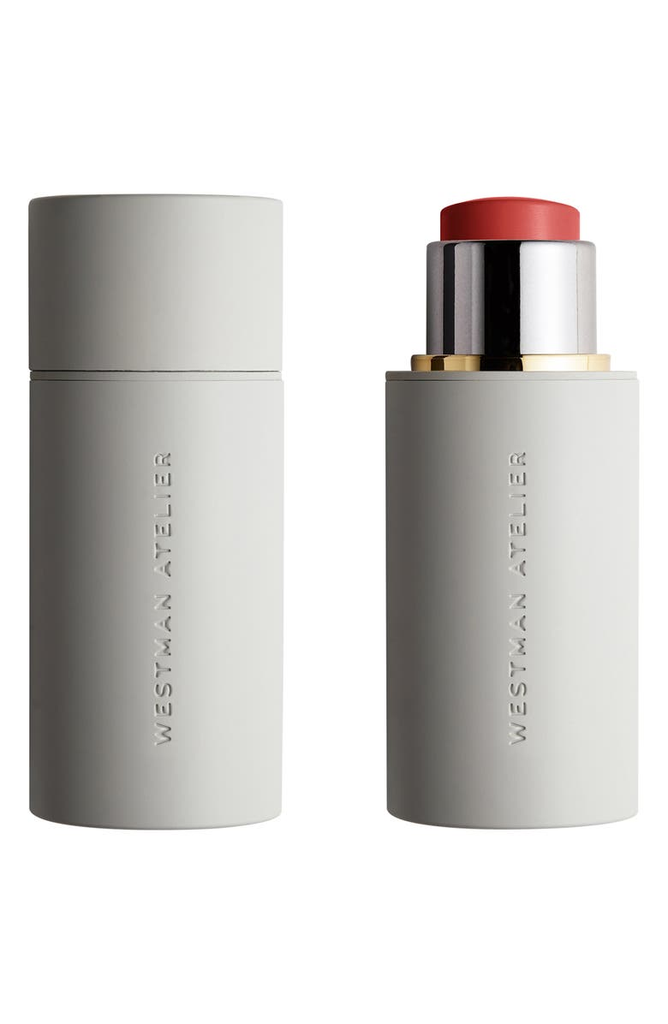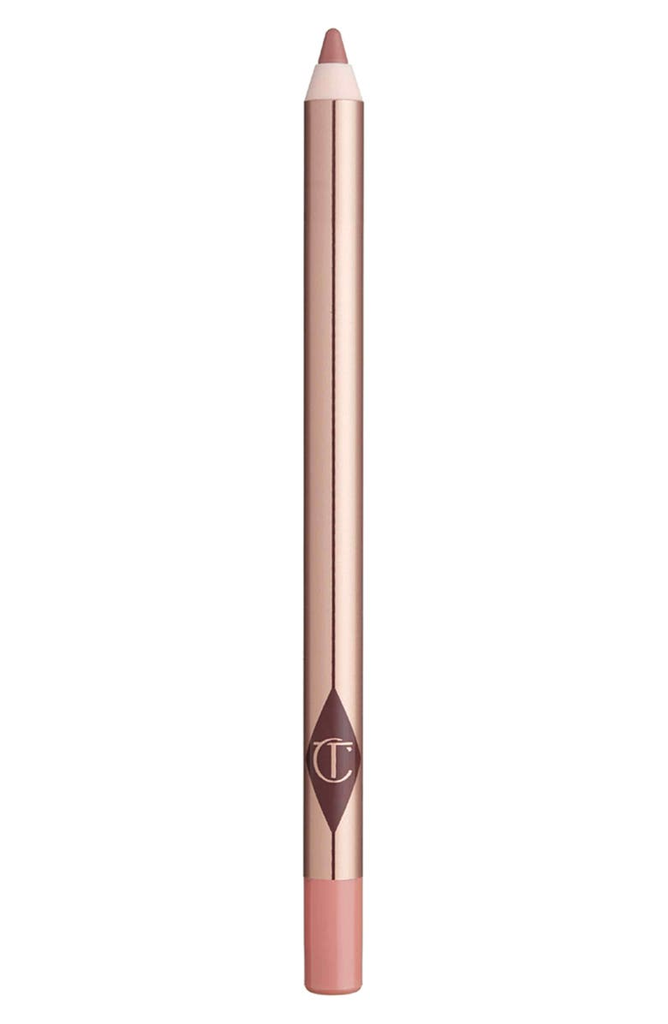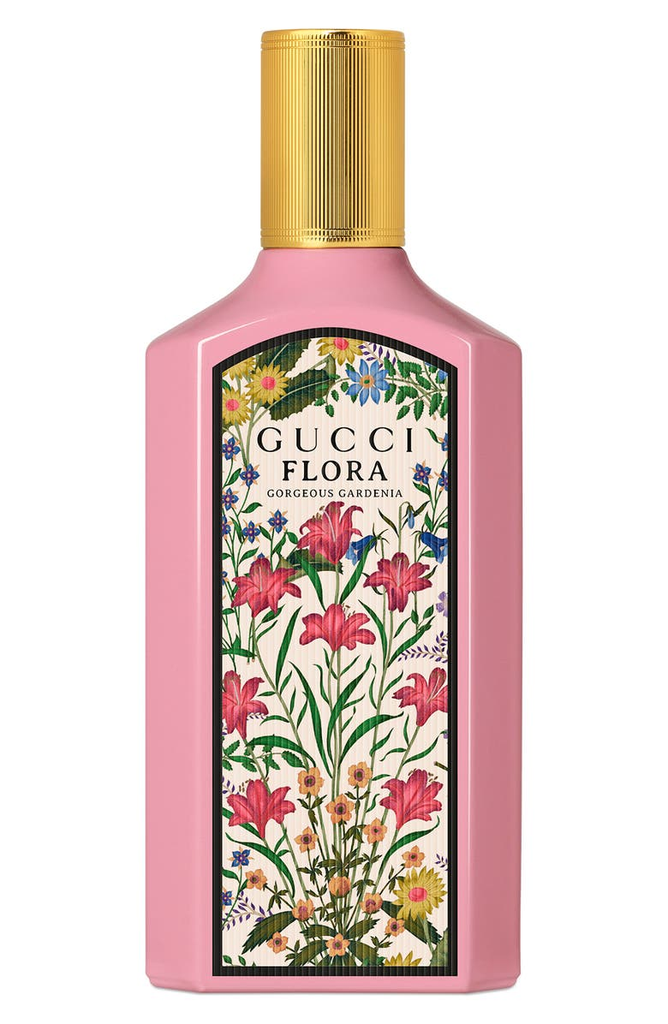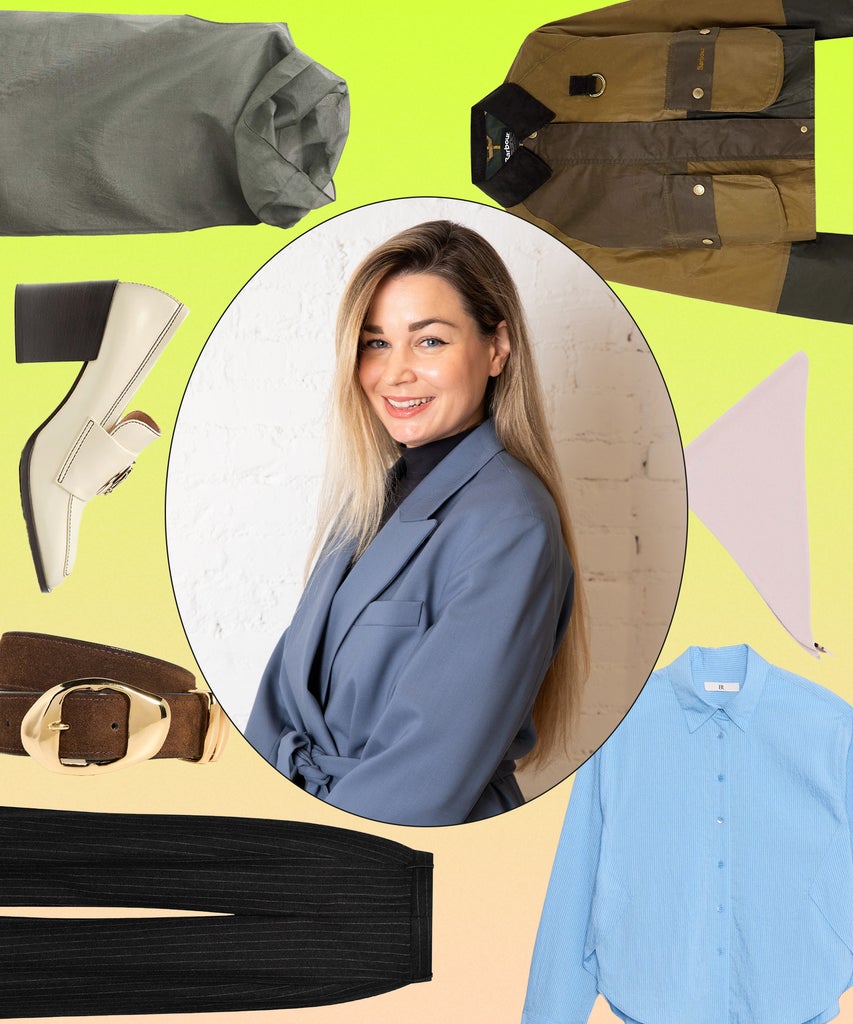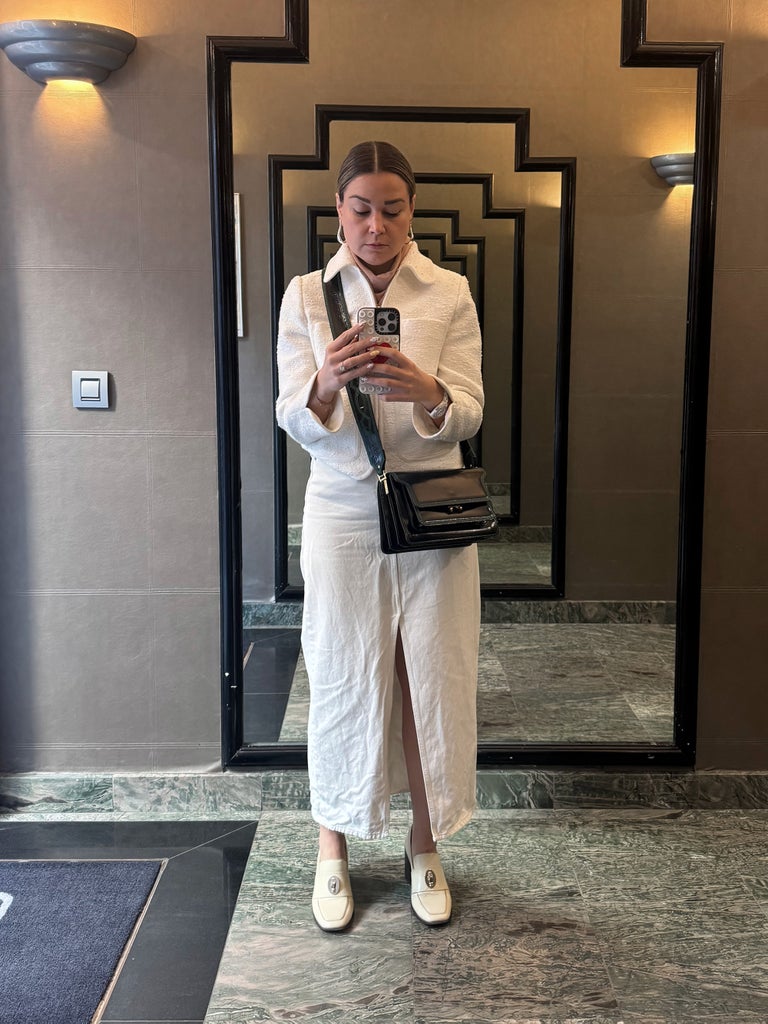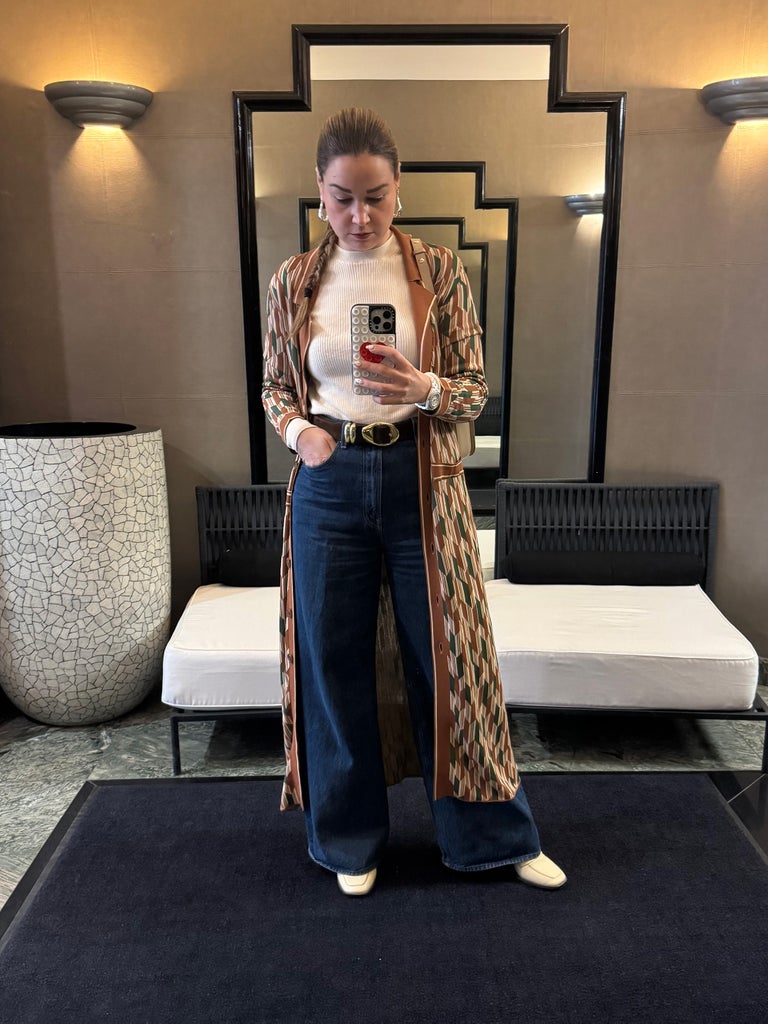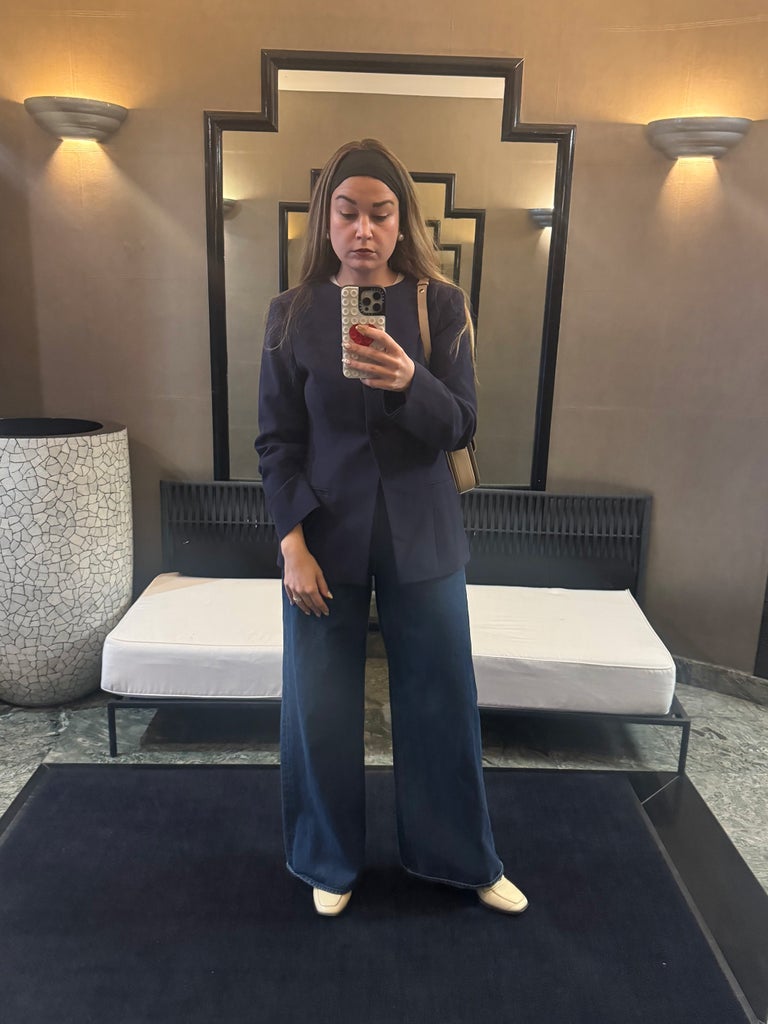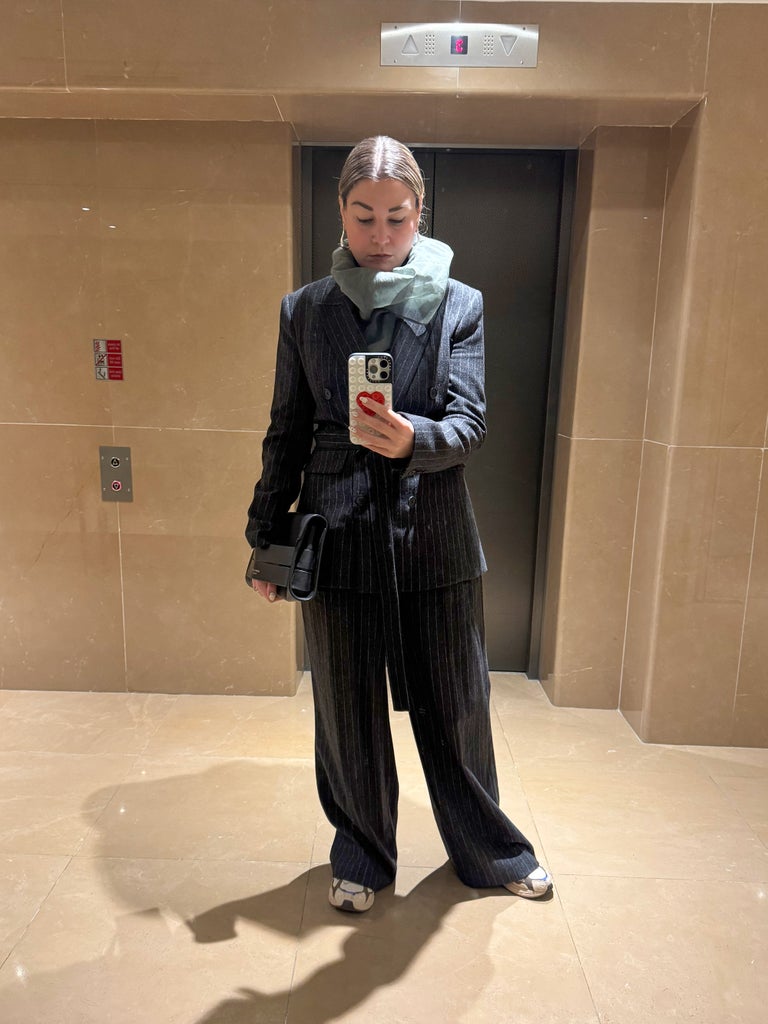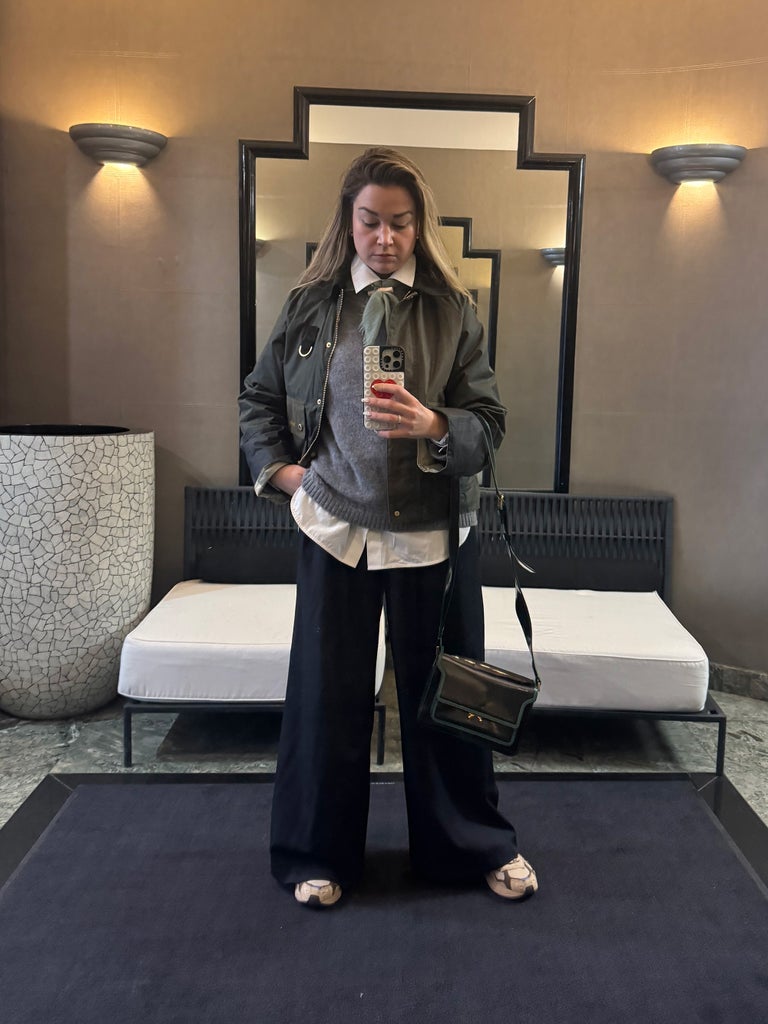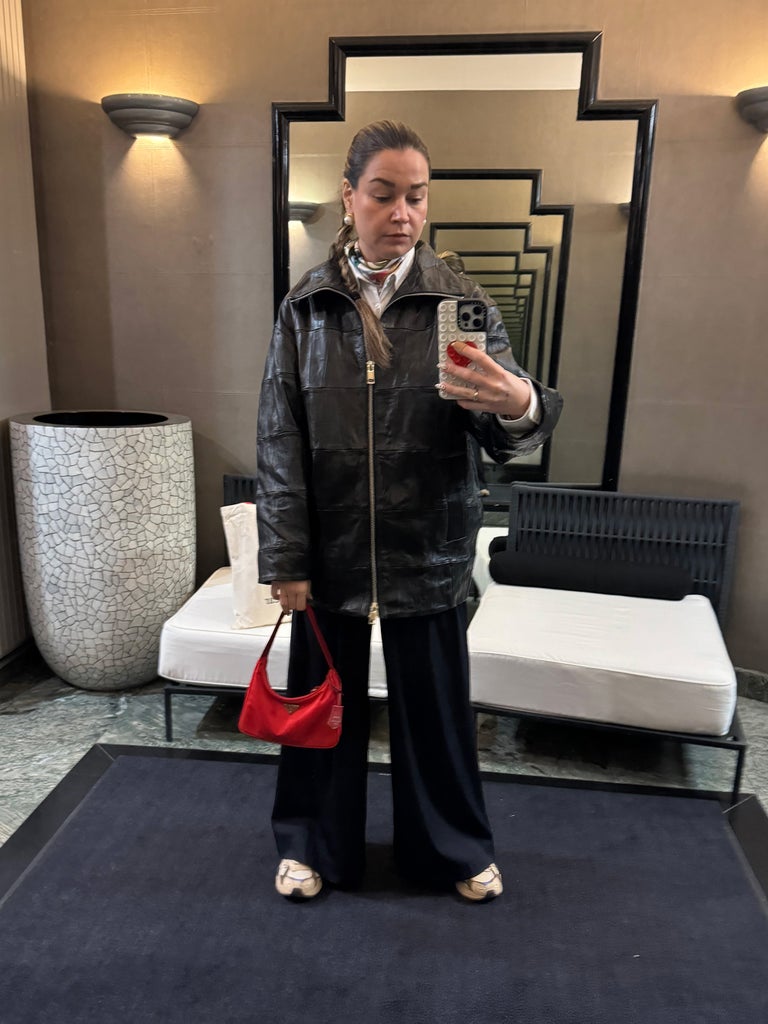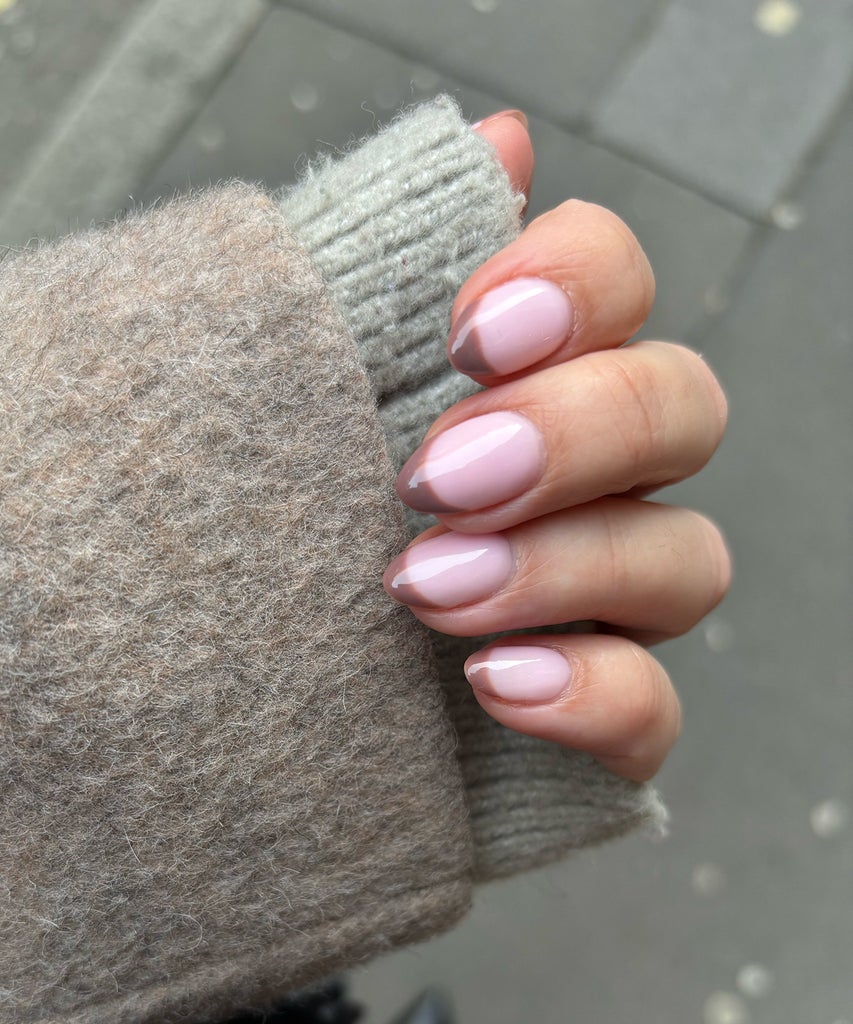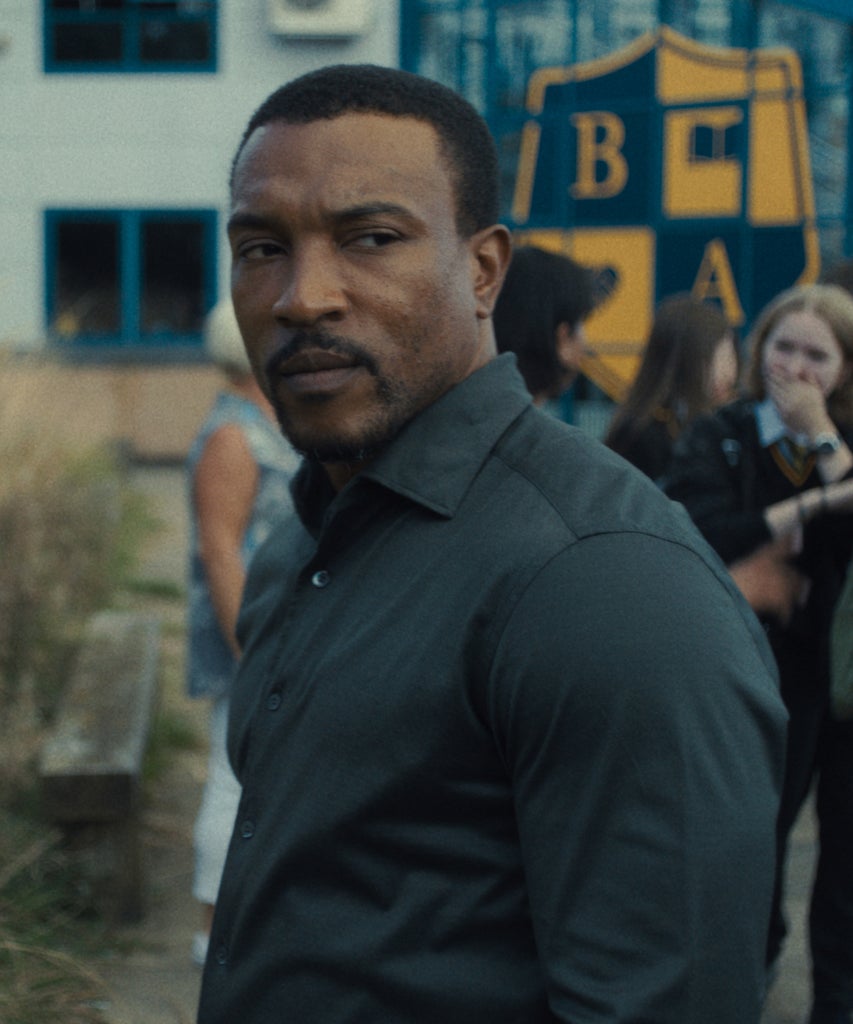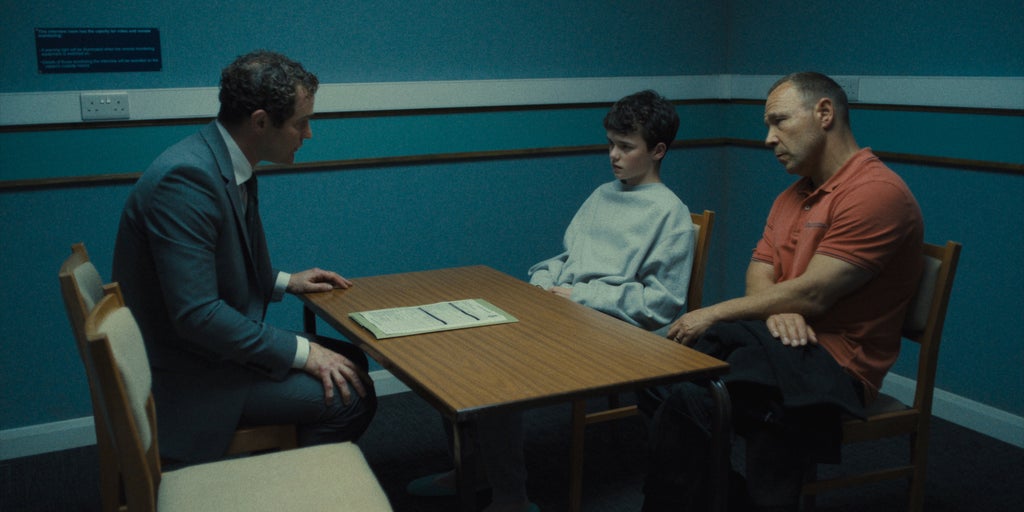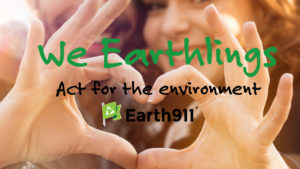Growing out my nails has never been my strong suit. Until recently, I could barely make it a few weeks before breaking one while doing something as untaxing as zipping up my jeans, let alone facing every nail’s nemesis: the ring pull on a can of Coke.
To give them a fighting chance, I’d take skin, hair, and nail supplements like they were going out of fashion, wear gloves while carrying out even the smallest of chores, and refrain from using my nails as tools to open my mail (we all do it). Frustratingly, none of those things worked. What I needed was some expert guidance.
Over the past year, I’ve collected tips and tricks from nail technicians, dermatologists, and even TikTok’s manicure obsessives. But I won’t gatekeep. These are the six simple, and most importantly, affordable, pieces of advice I was given for longer, stronger nails that actually worked.
I chose cuticle oil over nail hardeners
Dr. Dana Stern, board-certified dermatologist and founder of Dr. Dana says that the cuticle is the nail’s natural protective seal. When it becomes dry and dehydrated, it’s compromised: “When this happens, water and moisture can enter the nail unit,” she says. “This causes all sorts of problems including redness and swelling,” and eventually, the nail could grow irregularly: “Think white patches, bumps, thickening, and discoloration,” she says.
While most nail technicians will trim or remove dead cuticle skin during a manicure for aesthetic reasons, using cuticle oil still offers multiple benefits for the remaining skin surrounding your nails as I’ve discovered: “Regular application of cuticle oil helps maintain hydration,” says Dr. Zainab Laftah, consultant dermatologist and British Skin Foundation spokesperson. “Hydration benefits both the nail and surrounding skin by reducing brittleness, enhancing nail health, supporting healthy nail growth, and preventing infections,” she adds.
Unlike nail hardeners, which can make nails a little too hard, session manicurist Ami Streets says that cuticle oil keeps nails flexible, withstanding everyday wear and tear. “Cuticle oil is the best product for growing nails — and my most recommended item to add to your beauty routine,” she says.
Dr. Dana recommends her Nourishing Cuticle Oil, $18, with jojoba oil and indigo naturalis, a Chinese plant known to repair and strengthen the skin barrier. Complete with a handy roller ball for easy, drip-free application, it’s an oil I can vouch for having used it down to the very last drop. Another of my favorites is Sally Hansen Vitamin E Nail & Cuticle Oil, $7.49, with moisturizing vitamin E and a dream team of nourishing plant oils. Streets also loves L’Occitane Shea Nail & Cuticle Oil, $22, which is twice as moisturizing as the impressive hand cream in the same collection, and Jessica Phenomenoil, $20.40, another oil we’ve both used up.
Besides ingredients, exactly how you use your cuticle oil matters, too. Streets says that a single drop on each cuticle is ample — and it’s best applied at night to give the oil time to absorb. Not only does cuticle oil hydrate deeper than hand creams, but Streets and Dr. Dana say that the massaging motion could help stimulate circulation and promote nail growth, too.
I switched from traditional gel to builder gel — or BIAB
Not all gel nail polish is created equal. On my brittle nails, most would chip quickly. I’d then pick off the polish and damage my nails even further. It wasn’t until a fellow beauty journalist recommended Builder in a Bottle — also known as BIAB or builder gel — that my nails grew long and strong. I’m almost a year in and I haven’t had a single chip or break. They’re growing so quickly, that I always ask my nail technician to cut them down.
“Builder in a Bottle is a specific type of gel that lends strength and structure to natural nails,” explains Streets. Thanks to its stronger base, Streets says that it’s a great option for those who want to reinforce their nails while trying to grow them, as they can last up to three weeks. Another great thing about BIAB is that it can be infilled, says Streets. This involves getting the grown-out gap near your cuticles filled in with more gel, rather than having to fully remove the polish each time. “This allows natural nails to maintain growth,” adds Streets, but she recommends a maximum of two to three repeated infills before having a short break to keep your nails healthy and happy.
Thanks to BIAB’s harder, more durable finish, Dr. Dana says that it not only serves as a “protective armor” for nails, but it typically has a forgiving, less damaging removal process by soaking off, so it tends to be more advantageous than other nail enhancements like acrylics. “I’ve seen patients who use BIAB and have very healthy nails in comparison to my patients who wear acrylics and do constant soak-off gels,” she says, adding that BIAB’s durable nature also makes it a good option for nail biters.
I addressed my vitamin D deficiency
When a blood test revealed that my vitamin D levels were low, I began taking a 2000 IU vitamin D supplement daily alongside my trusty omega-3, 6, and 9. While there are multiple health benefits to both, Dr. Laftah points out that they could have additional advantages for nails: “Addressing a vitamin D deficiency can improve nail health as low levels can result in brittle nails,” she tells me. Interestingly, one small study suggests that hapalonychia — a condition that causes nails to become soft and prone to breakage — has been associated with vitamin D deficiency. As for omega-3? “Incorporating omega-3 fatty acids into your diet may also benefit nails by providing essential nutrients that support overall nail strength and integrity,” Dr. Laftah says.
However, Dr. Dana points out that no robust studies prove that vitamins or supplements benefit nail health. However, since nails are made of keratin (a type of protein) she suggests that if your diet lacks sufficient protein, it may be worth considering protein supplementation to improve the condition of your nails. Streets also advises incorporating more protein into your diet and drives home the importance of staying hydrated.
Before adding supplements to your routine, consult your doctor to ensure they’re safe and suitable for you.
I took hand cream very seriously
Previously, I’d only use lotion when my hands were uncomfortably dry and on the verge of cracking. Over the past few months, though, I’ve taken moisturizing very seriously, and I’m convinced that keeping my hands adequately hydrated throughout the day has also benefited my nails.
I was right. For clients who want longer, stronger nails, Dr. Laftah recommends moisturizing regularly to maintain hydration. “Using a nourishing and hydrating hand cream can help,” adds Streets. “Not only does it keep skin in a supple and soft condition, but it can also act as a protective barrier against environmental stressors,” — like cold weather. Streets says that dry, cracked skin and cuticles can lead to infection or weak nail growth, so consistent daily use of a moisturizing product is essential.
If you want fast hydration without the sticky feel, I love Aveeno Daily Moisturizing Hand Cream, $15. If your hands are especially dry, my all-time favorite hand lotion is L’Occitane Shea Butter Hand Cream, $43. The silky soft feeling sticks around for hours — even post-hand-wash. “On application, make sure you use a massaging motion,” advises Streets. “It can help to boost blood flow to hands and cuticles, which supports new nail growth even further.”
I started using a glass nail file
Dr. Dana believes that many nail files, particularly traditional, rough emery boards, can be too abrasive for natural nails, potentially causing “microscopic tears” that lead to splits and breakage. That’s where glass or crystal nail files come in. On days when I gave my nails a break from BIAB, I’d file away rough edges with a glass file, which I’m certain is kinder on nails.
“In contrast [to emery boards], glass creates a perfectly smooth, split-free edge to the nail,” says Dr. Dana, who uses the Precision Glass File, $15. Likewise, Streets believes that a glass nail file is a worthwhile investment for at-home manicures: “They provide a finer and more controlled filing experience, and the smooth edges help seal the keratin layers at the nails edge, preventing splitting, peeling, and snagging that can occur when using a rougher emery board.” What’s more, Streets points out that glass nail files are non-porous and can be washed or sanitized between uses.
Lastly, I exfoliated my nails
With its ability to exfoliate the skin, leaving it smoother and brighter, glycolic acid is a staple in many skincare routines, but it can benefit your natural nails, too. In between BIAB appointments, I’ve often applied a glycolic acid toner to my nails and cuticles using a cotton swab, then followed with a glug of cuticle oil. The result? Fewer flakes and a stronger, smoother canvas for nail polish. If you’d rather not DIY, try the Dr. Dana Nail Renewal System, $30, a once-weekly, 3-step nail system that boasts glycolic acid, a nail primer, and a hydrating gel-oil to reveal healthy, hydrated, and shiny nails, fast. “It’s perfect for brittle, peeling, weak nails, post-gel damage, or if you simply want a gorgeous, healthy-looking shine without having to go to the salon,” says Dr. Dana.
Like what you see? How about some more R29 goodness, right here?
The Brazilian Mani Makes Nail Polish Last Longer
Micro Nail Art Trends That Are Actually Wearable
The "Pixie Dust" Manicure Is Taking Over 2025
